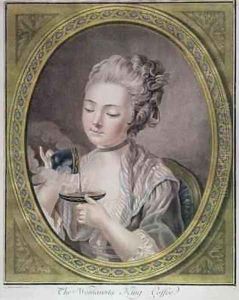Marin, Leonard Paintings
Leonard Marín was a French artist known for his contributions to the Cubist movement. Born on July 23, 1889, in Saint-Maur-des-Fossés, France, Marín grew up during a time of great artistic innovation. Although not as widely recognized as some of his contemporaries like Pablo Picasso or Georges Braque, Marín's work was influential in the development of early 20th-century modern art.
Marín's artistic career began at the École des Beaux-Arts in Paris, where he studied under notable instructors and was exposed to the avant-garde movements of the time. His early work was influenced by Impressionism, but as he continued to develop as an artist, he became increasingly interested in the geometric simplification of forms, a hallmark of Cubism.
During World War I, Marín's career was interrupted by military service, but after the war, he returned to art with renewed vigor. He participated in several exhibitions, most notably the Salon des Indépendants and the Salon d'Automne, where his work was displayed alongside that of other leading artists of the day. Marín's work from this period is characterized by fragmented forms, multiple perspectives, and a muted color palette, which were all characteristic of the Cubist style.
Despite his engagement with Cubism, Marín was also influenced by other artistic movements, including Surrealism and Abstract Expressionism, which can be seen in the evolution of his style. His later works became more abstract, with a strong emphasis on color and dynamic compositions.
Leonard Marín died on March 24, 1954, in Paris, France. Although he never achieved the fame of some of his peers, his work has been recognized posthumously for its contribution to the Cubist movement and its impact on modern art. Today, Marín's paintings can be found in various art collections and museums around the world.
